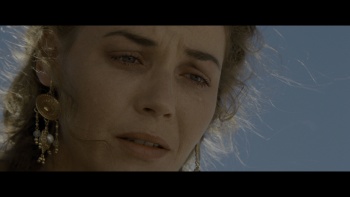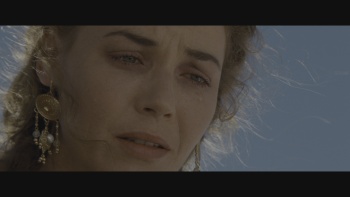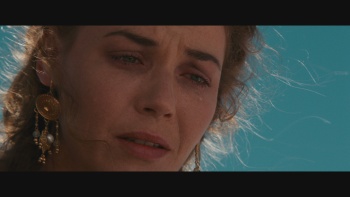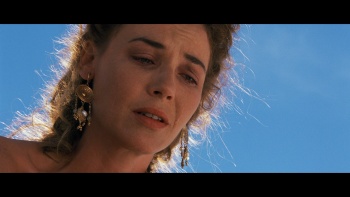Thanks.
The source I've worked with was a row (*.hevc) stream demuxed by tsMuxeR from
Gladiator 2000 Extended 2160p UHD BluRay REMUX HDR HEVC DTS-X-EPSiLON release.
MediaInfo log:
Code: Select all
General
Complete name : F:\Gladiator\Gladiator.hevc
Format : HEVC
Format/Info : High Efficiency Video Coding
File size : 51.7 GiB
Video
Format : HEVC
Format/Info : High Efficiency Video Coding
Commercial name : HDR10
Format profile : Main 10@L5.1@High
Width : 3 840 pixels
Height : 2 160 pixels
Display aspect ratio : 16:9
Frame rate : 23.976 (24000/1001) FPS
Color space : YUV
Chroma subsampling : 4:2:0 (Type 2)
Bit depth : 10 bits
Color range : Limited
Color primaries : BT.2020
Transfer characteristics : PQ
Matrix coefficients : BT.2020 non-constant
Mastering display color primaries : Display P3
Mastering display luminance : min: 0.0050 cd/m2, max: 1000 cd/m2
Maximum Content Light Level : 1000 cd/m2
Maximum Frame-Average Light Level : 497 cd/m2
The setup was:
avs2yuv64 -depth 10 -raw C:\Users\Spas\Desktop\AVS\DGSource.avs - | x265-64bit-8bit-2018-10-08 - ...
with DGSource.avs
DGSource("F:\Gladiator\Gladiator.hevc.dgi",i420=true,resize_w=1920,resize_h=1080,fulldepth=false)
Now, I'm showing screens obtained with the script:
avs2yuv64 -depth 10 -frames 1430 -raw C:\Users\Spas\Desktop\AVS\DGSource-i420.avs - | ffmpeg -y -f rawvideo -s 1920x1080 -pix_fmt yuv420p -r 24000/1001 -i - -vcodec copy D:\gladiator-src\gladiator_part3.hevc2yuv-frame#.yuv
with DGSource-i420.avs
Code: Select all
import("C:\Programs\AviSynth+\plugins64+\FFMS2.avsi")
FFMS2("F:\Gladiator.copy\Gladiator_part3.hevc")
DGSource("F:\Gladiator.copy\Gladiator_part3.hevc.dgi",i420=true,resize_w=1920,resize_h=1080,fulldepth=false)
ffinfo(frametype=true, cfrtime=true, vfrtime=false, colorspace=true, colorrange=false, cropping=false, sar=false, version=false)
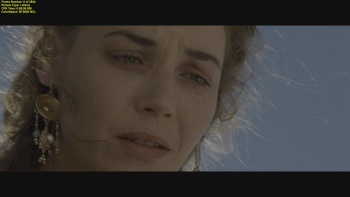
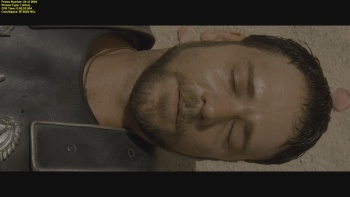
The screens show ColorSpace BT2020 NCL which satisfies me completely.
The colors in ColorSpace BT2020 are much better than in ColorSpace BT709.
As to the tonemaping, JOHN HABLE says in his post
Filmic Tonemapping with Piecewise Power Curves
http://filmicworlds.com/blog/filmic-ton ... er-curves/
Direct control over dynamic range: This issue was a big one for me. Using the Uncharted 2 curve is "all or nothing". It's not possible to make a plain linear curve using those controls. There are times where you want a plain linear curve with a slight shoulder (like on foggy days) and times where you need to heavily compress the highlights and shadows (like direct sunlight).
Maybe, the Gladiator 2000 UHD BluRay release is the case "
nothing".
